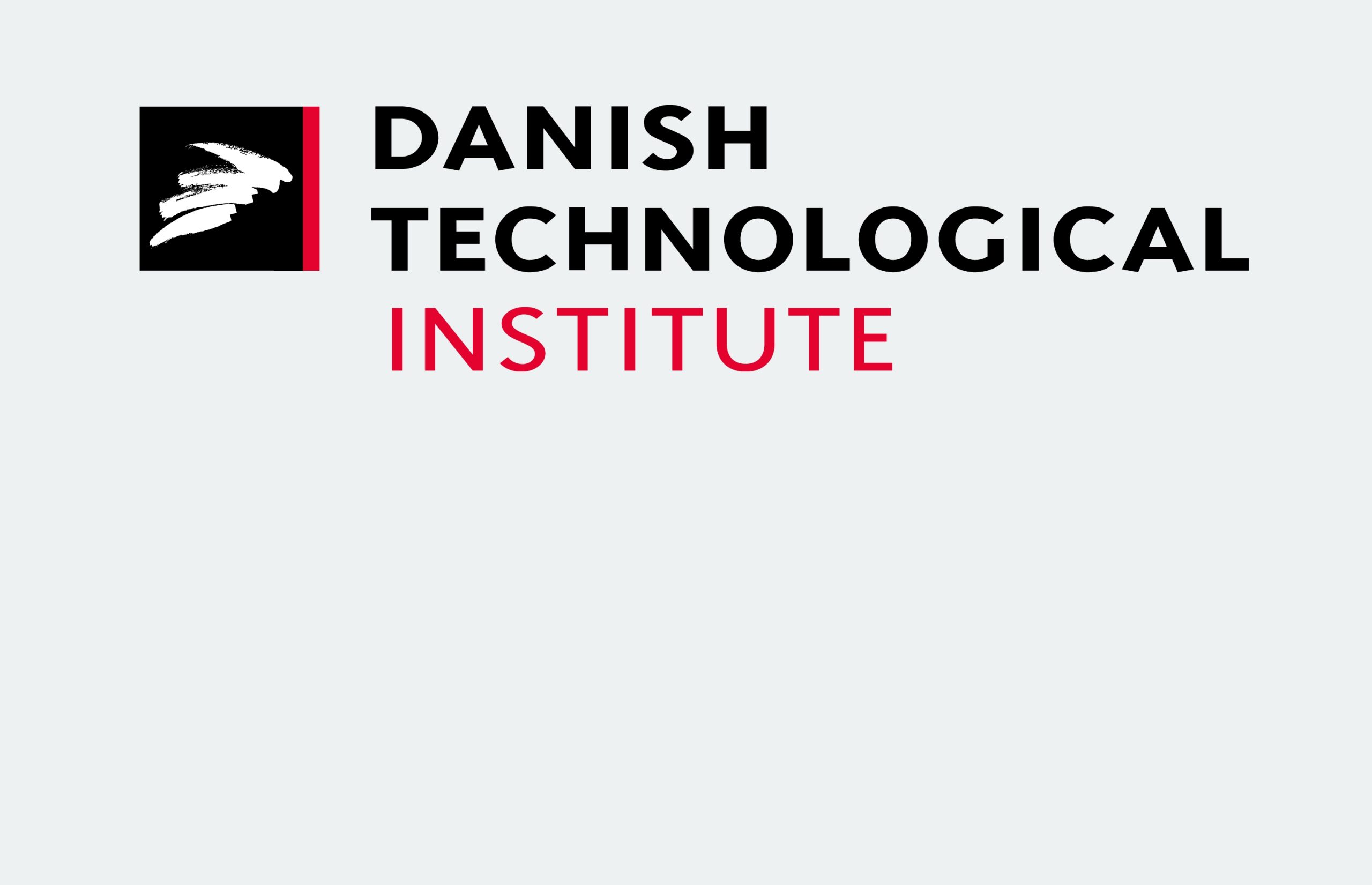While the world's consumption of plastic is steadily increasing, several months of hard work and thorough testing have now resulted in the Danish Technological Institute being able to reduce the use of new plastic in the 3D printing process with 50 percent – and that is on all Powder Bed Fusion printers using nylon. This is a significant step in the work of documenting that 3D printing is a green and sustainable technology.
Each time a build platform with plastic parts is produced in the 3D printer, there are several kilos of excess plastic, which can be recycled for the next build job. Previously, when printing plastic components, the Danish Technological Institute had a mix of 50 percent recycled plastic from a previous print job and 50 percent new plastic, which is the market standard. However, after a process of thorough testing and investigations, it has now proved possible to further reduce the use of new plastic in the printing process.
What we have found out is that we can keep the amount of new plastic powder in the printer at 25 percent, while the remaining 75 percent is our own recycled powder. This is done by adding upcycled powder to the recycled powder mix, and this means that we have cut the use of new powder in half, says Ellen Hedegaard, consultant at the Danish Technological Institute.
Same quality – but less plastic consumption
Even if the amount of recycled plastic increases, it will not affect the printing process nor the quality of the printed parts: The printing process will still take place in a closed loop that consists exclusively of the Danish Technological Institute's own quality-assured powder.
We have spent several months ensuring that the quality of the printed parts is just as good. Therefore, we also guarantee that the quality of the parts is still the same – but with a lower plastic consumption, says Ellen Hedegaard.
A more sustainable manufacturing technology
The reduction of new plastic powder helps to further strengthen the potential of 3D printing as an enabler for the green transition – something that is an important focus area at the Danish Technological Institute.
At the Danish Technological Institute, we focus on documenting why 3D printing is a green technology – when it is and when it is not. Is it, for instance, in the manufacturing itself, or is it more in the use of the 3D-printed component? And what can we do to make the technology even more sustainable? Here, the reduction of new plastic powder is a significant step in the right direction, says Jeppe Byskov, director at the Danish Technological Institute.
The Danish Technological Institute will continue to work on reducing the amount of new plastic powder even further, but already now the reduction is adding to the list of green benefits for 3D printing. This list also counts more local production, more accurate part numbers and not least the possibility of more energy efficient components.
Link: https://www.dti.dk/specialists/additive-manufacturing/40479

Subscribe to our Newsletter
3DPresso is a weekly newsletter that links to the most exciting global stories from the 3D printing and additive manufacturing industry.





















